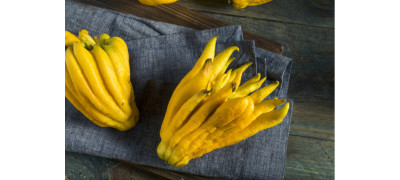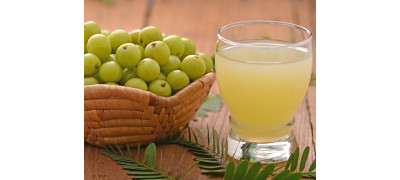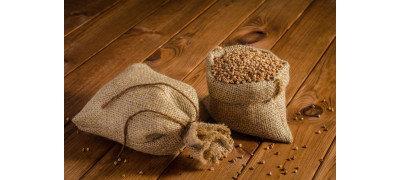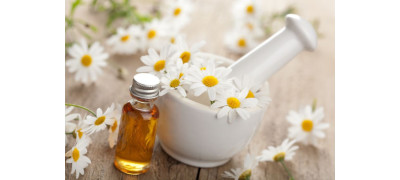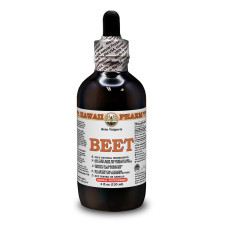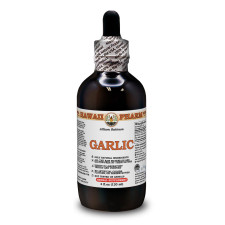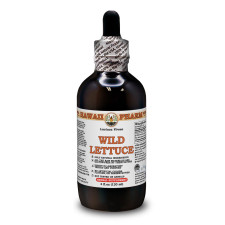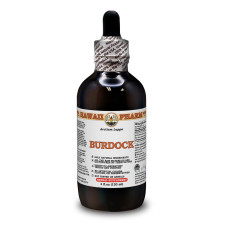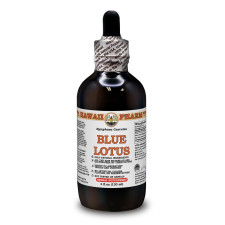- Home
- Alcohol Herbal Extracts
- Alcohol-FREE Herbal Extracts
- Veterinary Herbal Extracts
- Partnership
Partnership
We are open for cooperation with all interested persons or organizations. We have plenty of partners from all around the world and are looking for a long-term cooperation with new ones. At the present time we offer the following cooperation models:

WHOLESALER
We offer up to 30% discounts for wholesalers. The exact discount amount is dependent on your order amount, quantity and size of items. Minimum order amount is $300.

PRACTITIONER
Only for licensed practitioners! Create an account as practitioner and get special exclusive promotions. This kind of account is required manual approve.

AFFILIATE PROGRAM
Do you recommend us to your friends, family, colleagues and/or clients? If so: Thanks! We really appreciate it! Join our affiliate program. It’s by far the best way to monetize your Twitter or Facebook page, blog, or website.
- Blog
- Contact Us
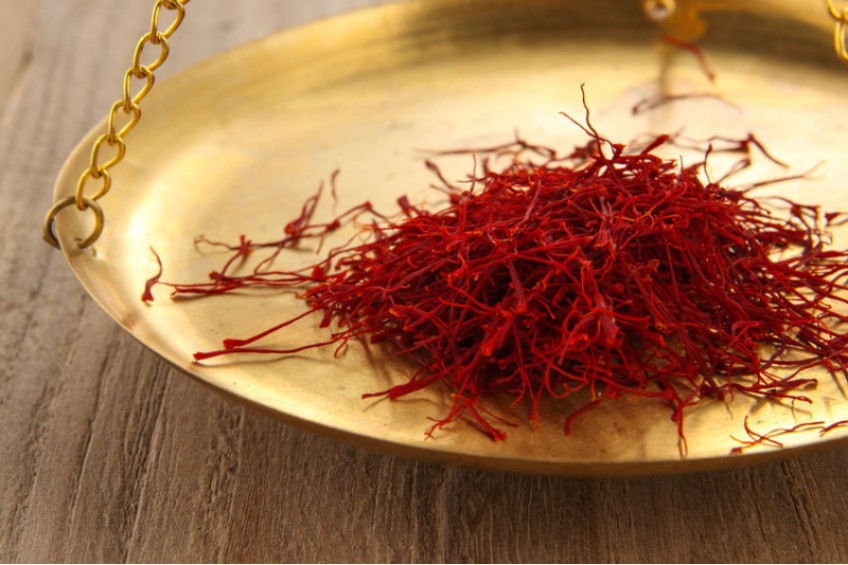
PRICELESS SAFFRON
COMMON NAME: Saffron
BOTANICAL NAME: Crocus Sativus
BOTANICAL INFORMATION: Crocus Sativus belongs to the genus Saffron (Crocus) of the Iris or Iridaceae. It is a herbaceous perennial bulbotuberiferous plant. Saffron reaches a height of 30 cm. Corm is slightly complanate and has a globular form. The root is fibrous. Leaves are linear and narrow, they appear during flowering and become longer at its end. The flowers begin to open at the beginning of fall. They are large and usually of purple, yellow or white color. Crocus Sativus has three stamens with long threadlike light yellow column, split into three stigmas. The stigmas themselves are of a reddish-orange color. One corm can produce from two to three flowers. The fruits are triangular shaped boxes. Saffron does not produce seeds, it propagates only by bulbotuber.
COUNTRY OF ORIGIN: Balkan Peninsula. This is one of the oldest plants thus it is very difficult to identify the county of origin. Some scientists believe that it can be India or Iran. Crocus Sativus is widespread in Azerbaijan and Central Asia. Recently, saffron is planted in Europe - in the southern regions of France. Saffron grows on well-lit rocky hills along the roads.
CHEMICAL COMPOSITION: Stigmas contain essential oil in the form of picrocrocin glycoside, fatty oil (up to 13%), carotenoids, sugar, lycopene, potassium, flavonoids (isoramnetin and kaempferol), wax, thiamine, calcium, vitamins B, nitrogenous substances, phosphorus, minerals. Leaves contain up to 0.25% ascorbic acid.
SOME INTERESTING FACTS:
- Crocus Sativus is known to humankind since ancient times. It is entitled the "king of spices", and it is believed to be one of the most expensive herbs all around the world.
- In the medical texts of ancient Egypt, the mention of it dates back to 1500 BC. In Chinese books description of saffron relates to 2600 BC.
- There are two legends describing the origin of saffron. One of them tells that the god Hermes adored the beautiful young man, but he killed him by a coincidence. On the spot where blood was shed, grew a colorful crocus flower. Another version of the legend says that Crocus was in love with a beautiful nymph. But the gods threw a spanner in their relationships and turned the sprite into a flowering bush, and the young man into a small plant with bright flowers, known to us as saffron.
- In India, leaders wore saffron-colored shoes, women wore clothes that were colored using saffron.
- Like a spice with a specific smell and acidic taste, Crocus Sativus has been known since the reign of English King Henry VIII. The ruler prohibited the women to use saffron for dyeing hair, presenting saffron as a useful spice in culinary.
- In Germany, for forging saffron, a person was subjected to death penalty.
- Since ancient times, this herb was estimated at 15 times more valuable than other spices.
- In Europe, they first began to grow Satiereal Saffron in Spain.
- Spain is one of the largest and main growers of saffron in the world. Spanish Crocus Sativus is the most high-priced and costs from 900 USD per 1 kg.
*Be sure to follow relevant directions on product labels and consult your pharmacist or physician or other healthcare professional before using.
FINGER LEMON, OR BUDDHA’S HAND
Finger lemon is a very unusual citrus fruit which originates from the lower Himalayas and China. It’s often referred to as Buddha’s hand thanks to the shape of the fruit that is similar to the hand of..
AMLA, OR INDIAN GOOSEBERRY
Amla is a subtropical deciduous tree that is famous for its eatable fruit and is native to India. Since ancient times amla has been considered a symbol of good health in Ayurvedic medicine. The amla t..
DO YOU EAT BUCKWHEAT?
Buckwheat is one of the most popular gluten-free foods all over the world. It’s extremely rich in antioxidants and minerals. In addition to numerous health benefits, it’s also very tasty, simple to ma..
CAREFUL CHAMOMILE
Chamomile is an annual herbaceous plant with a strong aromatic odor. The stem is strongly branched. Leaves are regular, double-bifurcated into linear segments. The flowers are collected in baskets wit..
Get exclusive deals you will not find anywhere else straight to your inbox!
Subscribe / UnsubscribeCookies policy
 We use cookies and similar technologies that are necessary to operate the website.
You can consent to our use of cookies by clicking "Accept..."
We use cookies and similar technologies that are necessary to operate the website.
You can consent to our use of cookies by clicking "Accept..."
Get exclusive deals you will not find anywhere else straight to your inbox!
Subscribe / UnsubscribeWe meticulously produce our extracts according to precise standards where each herb is extracted according to the distinct characteristic of each plant! Hawaii Pharm LLC offers the biggest choice of liquid herbal extracts in the World!

Hawaii Pharm LLC - Nature Heals. Highest Quality Herbal Products Since 2008.



